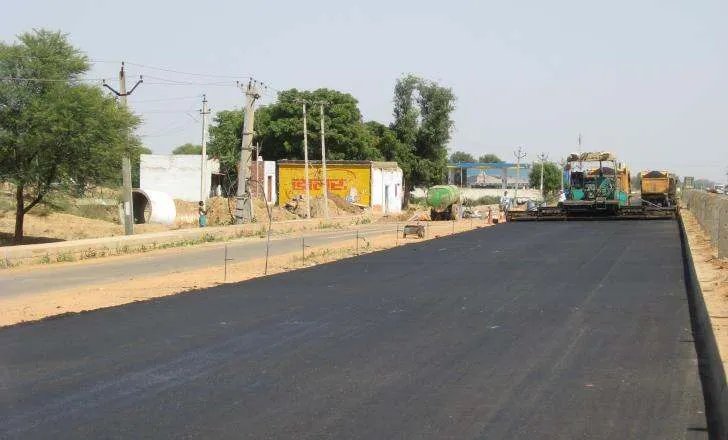A budget in excess of US$1.09 billion has been set for road infrastructure spending in Russia’s Krasnoyarsk Region (Siberia). The funds will be used to widen, upgrade and repair road links over the next three years. In all the plans call for more than 1,000 km of roads and 62 bridges to be repaired during the 2015-2017 period.
October 7, 2014
Read time: 1 min
A budget in excess of US$1.09 billion has been set for road infrastructure spending in Russia’s Krasnoyarsk Region (Siberia). The funds will be used to widen, upgrade and repair road links over the next three years. In all the plans call for more than 1,000 km of roads and 62 bridges to be repaired during the 2015-2017 period.







